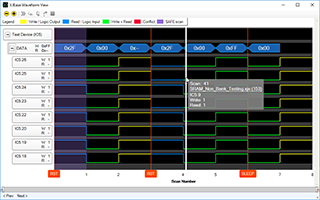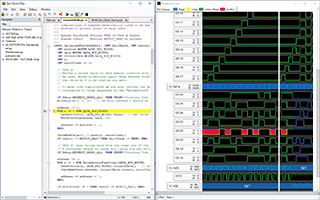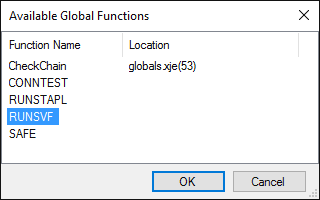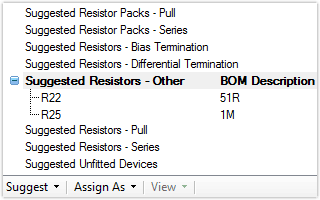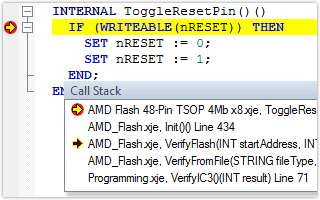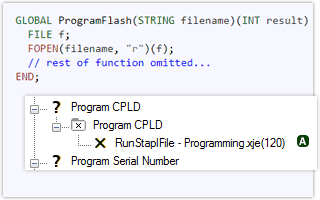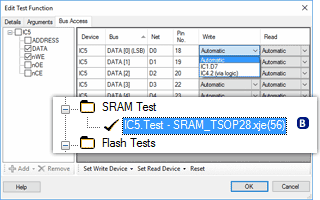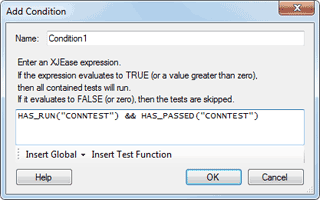XJEase Waveform Viewer updated in version 3.8.3
Version 3.8.3 of XJTAG comes with some usability updates for the new XJEase Waveform Viewer. Tool tip information, event labels, and a context menu for pin navigation and source tracking has been added. […]

